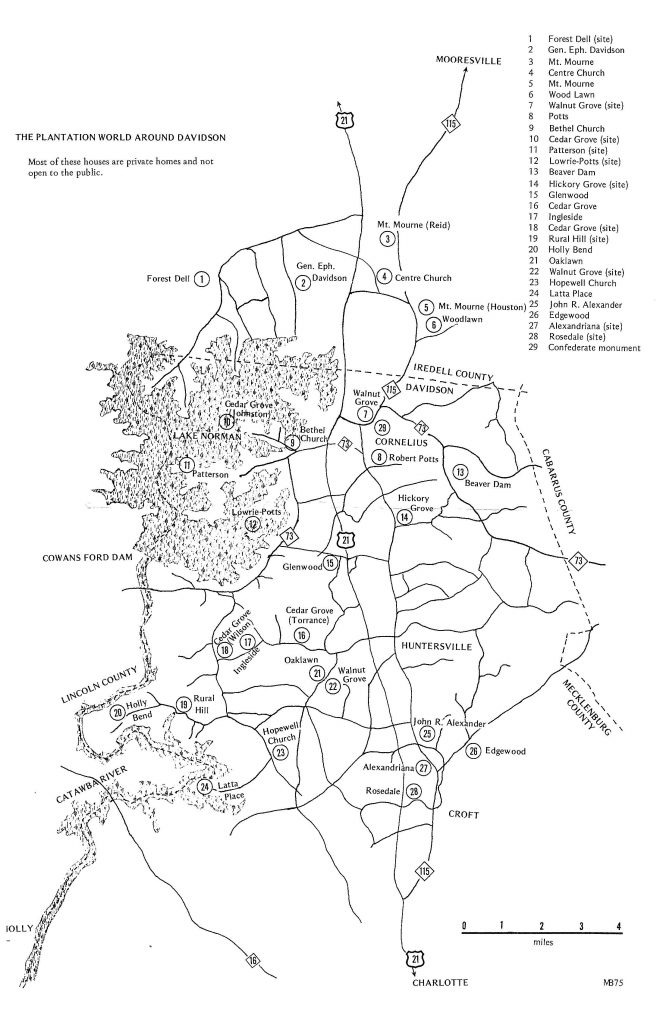In Fall 2019, Archives, Special Collections, & Community (ASCC) had the privilege of working with Dr. Rose Stremlau’s “HIS 306: Women and Gender in U.S. History to 1870” course. Over the course of a semester, students researched the history of women and gender in the greater Davidson, North Carolina area using materials in the Davidson College Archives and other local organizations. The following series of blog posts highlights aspects of their research process.
Eoin Mills is a Junior Political Science Major and History Minor at Davidson College. His work for HIS 306 Women and Gender in the US until 1870 centers around how enslaved women interacted with Davidson College during the Antebellum Period.
Upon first entering the Rare Book Room, one cannot help but catch themselves in the stern glare of Rev. Drury Lacy, former president of Davidson before the Civil War. However this may be fitting as the area around Davidson College is steeped in history from the Antebellum period of American history. Its ties to plantation life and slavery run back for generations and the College was heavily integrated in the norms of the period. This semester, I have become immersed in the sources about this time period contained within the Rare Book Room and College Archives for my course Women and Gender in the United States until 1870. Specifically, the maps which the archives hold meticulously document the families and plantations of the area and how they interacted with the college on a daily basis. While there are many gaps in the record in reference the experiences of enslaved women, the topic which I am performing research on, the documents available provide strong context to a tumultuous period of America’s history.

The most important document which launched my research was Chalmers Davidson’s map of the Davidson area that documents all the major plantations and families which existed from the Revolutionary War to the Civil War. The map extends from the South of Iredell County, where the college used to be before county lines were redrawn to northern Mecklenburg County. Over 25 separate historical sites are noted on the map, many of which were large plantations. Upon closer examination of the archives, many of the plantations have detailed files on the families who lived there. Many of the families, such as the Brevard and Potts families, were wealthy slaveholders who had been established as North Carolina’s elite social class.
This map, while not comprehensive provides necessary insight into the dynamics of the world around Davidson. When examining the map at first glance, one cannot help but realize the scale which plantation life dominated the area. It notes how the area was based on the characteristics of a slave society. The sheer volume of plantations emphasizes the extent to which this dictated daily life. There is also a deep-rooted connection to the confederacy as many of the families represented on the map had sons and husbands who were officers. Upon researching the names which the map displays, one can find how deeply ingrained the families and plantations were not just as soldiers but also as suppliers to the confederacy. In addition, the founding family of Davidson is represented. This displays how the past of enslavement is integrated into the history of the college.
Overall, even at a quick glance, the map allows for one to draw inferences regarding the former dynamics of the area, along with providing an integral guide for further research by providing names, locations, and time period to focus one’s search.
Bibliography
Davidson, Chalmers G. The Plantation World Around Davidson. Rev. and enl.ed. Davidson, N.C.: Briarpatch Press, 1982.

Speak Your Mind